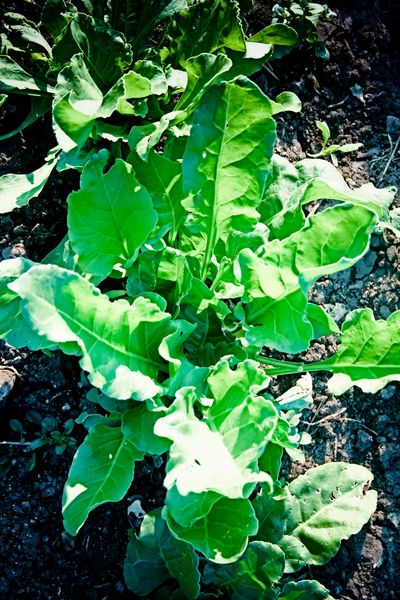What is Savoy Spinach?
Spinach is great fresh, sautéed, in soups, and even freezes well. Curly leaf spinach, or savoy, has thick leaves with a ruffled effect. It has a robust, earthy flavor that tends to get bitter on older, larger leaves. You can plant in spring, or overwinter plants in many zones. Gardeners in USDA zones 6 to 9 should try growing savoy spinach. Curly leaf spinach is apparently native to Persia and called aspanakh. This variety of spinach has deep green, crinkled leaves with impressed veins. Leaves are oval to oblong and occasionally heart-shaped. They grow 5 to 6 inches long (12.5-15 cm.). Spinach prefers cool temperatures and will bolt when it is 80 degrees Fahrenheit (27 C.) or more. The soil must be well-draining and of average fertility.
Savoy Spinach Care
Growing savoy spinach is easy. Prepare a bed by tilling in plenty of organic matter and sowing seed in early spring or fall. Harvest the leaves as they come for the best flavor. Successive sowing will provide a consistent harvest. Keep weeds out of the bed and soil moderately moist. Using compost as a side-dress can help with both conditions and will gradually release nutrients. If high heat is expected, use a shade cloth to prevent bolting. Crop rotation is an important part of savoy spinach care that can prevent many common foliar diseases and pests.
Savoy Spinach Uses
The young, tender leaves are best fresh in salads or on a sandwich. Because the leaves are thicker than regular spinach, savoy stands up to cooking well. You can use it in place of cooked greens like swiss chard or kale. Sauté it with strong flavors like onions and garlic. It is also nice thrown in at the end to soups and stews. Use the pretty leaves fresh but wilted a bit by pouring stir fry or sauces over them. This is a really versatile vegetable that is easy to grow and maintain.
